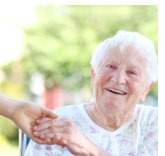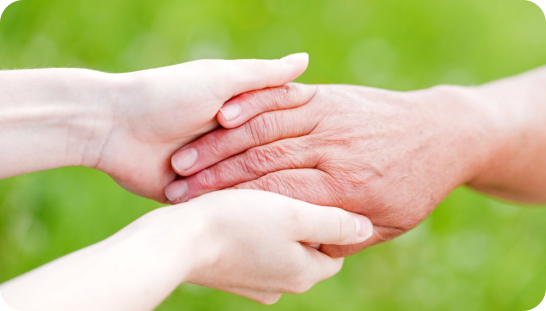Managing Diabetes: Creating A Diabetes Meal Plan For The Elderly
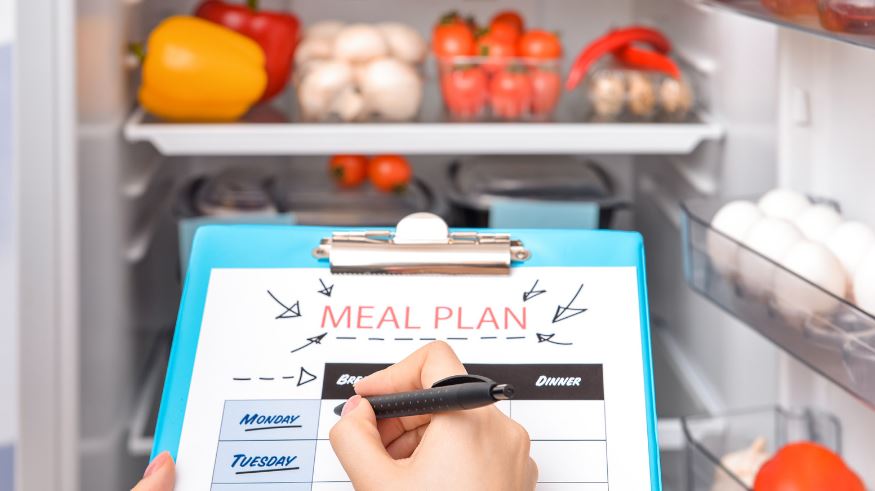
Diabetes is a very serious condition that affects your body. It is a disorder where an individual’s blood sugar levels become too high, and the body can’t use the food they eat because the pancreas doesn’t produce enough insulin. This will lead to health problems such as diabetes complications and seizures. Managing diabetes can be difficult, so following a diet plan is essential! The article below will help you create a diabetes meal plan for your elderly loved one that accommodates any lifestyle changes or dietary restrictions (i.e., vegetarian, allergic to certain foods).
What is A Diabetes Diet?
A diabetes diet involves eating a variety of nutritious foods in moderate portions and maintaining regular meal schedules.
A diabetes diet is a healthy-eating plan that can help you prevent or manage diabetes. It’s not a “diet” that restricts certain foods; rather, it focuses on making healthy choices and regularly eating throughout the day. A diabetes diet is similar to any other healthy-eating plan. It emphasizes fruits, vegetables, and whole grains while limiting saturated and trans fats.
Why Need to Develop A Diabetes Diet?
When your elderly loved one is diagnosed with diabetes, her doctor will likely recommend that she consult a dietitian to help create a diabetes diet. This healthy eating plan is designed to help your loved one manage her diabetes and prevent further complications. A diabetes diet can also help your senior loved one:
- Maintaining a healthy weight reduces their risk of developing diabetes complications, heart disease, and stroke.
- A diabetes diet can minimize swings in blood sugar levels, reducing or delaying the need for medications and insulin therapy.
- A diabetes diet helps your loved one develop healthy eating habits. A healthy lifestyle combined with exercise can lead to greater control over type 2 diabetes.
What Does A Healthy Eating Plan Involve?
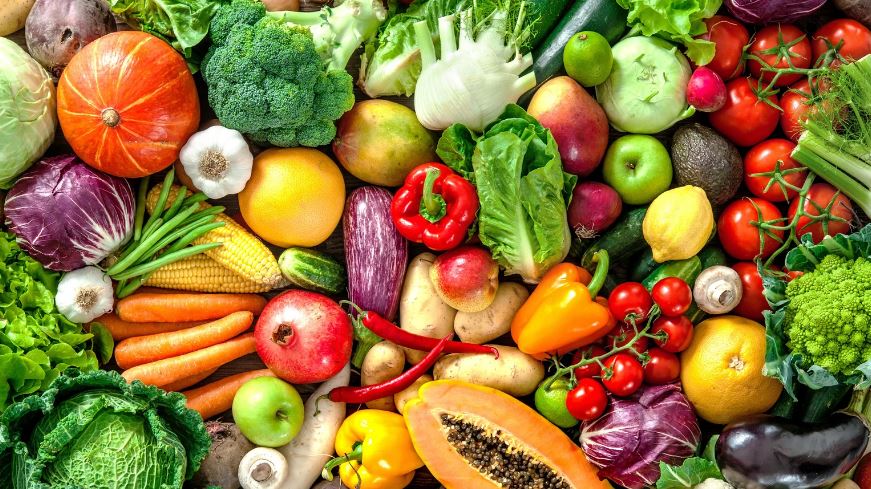
A diabetes diet is based on eating 3 meals a day at regular times to enable your body to use better the insulin it makes or gets through medication. A registered dietitian can help your senior loved one put together a diet based on their health goals, tastes, and lifestyle. The following are some suggestions for foods that can be included in a diabetic diet.
1. Fibers
Dietary fiber includes all parts of plant foods that a body can’t digest, absorb, or metabolize—fiber moderates how a person’s body digests food and helps control blood sugar levels.
Fiber-rich foods include:
- Fruits (oranges, melon, berries, and apples)
- Vegetables(Carrots, beets, and broccoli)
- Whole grains
- Nuts
- Beans, peas, and other legumes
2. Healthy Carbohydrates
Good carbs (those without added sugar, sodium, and fat) break down into blood glucose. Focus on healthy carbohydrates, like:
- Whole grains
- Vegetables (Leafy Greens)
- Fresh Fruit
- Beans, peas, and other legumes
- Low-fat dairy products like milk and cheese.
It is best to avoid unhealthy carbohydrates, including foods and drinks that contain added fats, sugars, and sodium.
3. Fish
Fish is rich in protein and omega-3 fatty acids. Omega-3 fatty acids can help reduce inflammation and triglycerides, fats made by the liver and released into the blood. Eating fish also helps increase levels of HDL cholesterol, which can lower your chances of developing heart disease.
Examples of omega-3-rich fish include:
- Salmon
- Tuna
- Trout
- Mackerel (if canned, check ingredients for possible fat and sodium)
4. Good Fats
Foods containing monounsaturated and polyunsaturated fats help reduce cholesterol. Such foods include:
- Avocados
- Nuts and seeds
- Olives and olive oil
- Peanut butter (made from ground nuts)
But you shouldn’t eat too much, because all fats are high in calories.
Foods Your Elderly Loved One Should Avoid
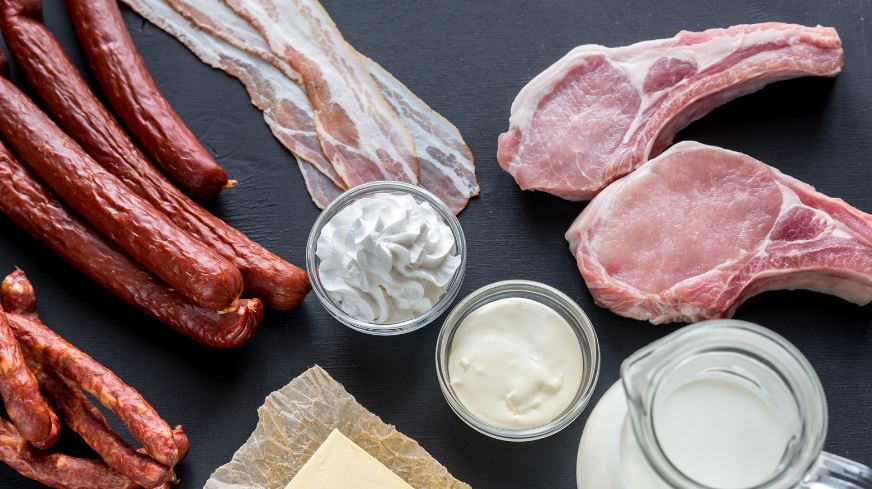
Learning the foods to avoid is as important as knowing what foods to consume when your elderly loved one is diagnosed with diabetes. Foods containing the following can work against your loved one’s aim to maintain a healthy weight, control blood sugar levels and prevent diabetes complications.
- Saturated fats – Avoid foods that contain saturated fats, such as fatty red meat, butter, and cheese. These foods can significantly increase your loved one’s blood sugar levels.
- Trans fats– Trans fats are made when liquid oils are hardened into solid fats by adding hydrogen. Foods containing trans fats include margarine, cookies, crackers from the grocery store, and fried foods from restaurants.
- Cholesterol – Foods that contain cholesterol include eggs, shellfish, and fatty cuts of meat like prime rib. Aim for no more than 200 mg (milligrams) of cholesterol a day.
- Sodium – Sodium (salt) is often added to foods you may not think of as salty, such as canned vegetables and salad dressings. Many processed foods also have a lot of sodium.
Having Diabetes is scary, but with a healthy eating plan, it can be controlled and prevented from getting worse.
Putting it all together: Creating a Diabetes Meal Plan
There are a few different approaches to creating a diabetes diet to help your elderly loved one’s blood glucose level within a normal range. The most common among these are the plate method and carbohydrate counting. The type of eating plan your loved one will be using depends on their preferences and goals.
1. The Plate Method
The Plate Method method focuses on portion sizes and is a simple way to approach the diabetes diet. It allows your loved one to eat foods they enjoy while keeping their blood glucose level within a normal range. This eating plan focuses on how much of each food group should be consumed per meal rather than counting calories.
- Use a nine-inch plate
- Put non-starchy vegetables (like carrots, tomatoes, and tomatoes) on half of the plate
- Fill a quarter of your senior’s plate with a lean protein, like tuna, skinless chicken, or lean pork.
- Fill the last one-fourth quarter with a whole-grain item like brown rice or a starchy vegetable like green peas.
- You may also include good fats like avocados and nuts in small amounts.
- Add a serving of fruit, dairy, or both. And a drink of water or unsweetened coffee or tea.
The American Diabetes Association offers a guide to healthy eating called Create Your Plate. The guide specifies different combinations of healthy foods and more details about using the plate method.
2. Carbohydrate Counting
Because carbohydrates break down into glucose, they hugely impact your blood glucose level. Carbohydrate counting is a method of controlling blood glucose levels in people with diabetes. It involves tracking the number of carbohydrates consumed and adjusting insulin doses accordingly. If your elderly loved one takes insulin, carb counting can help you know how much insulin your loved one needs to take.
The amount of carbohydrates in certain foods is measured in grams. In order to calculate carbohydrate grams in what your senior eats, you need to:
- Understand which foods have carbohydrates
- Become an educated reader of the Nutrition Facts food label, or learn to estimate the number of grams of carbohydrates in the foods a senior eats.
- Add the grams of carbohydrates from each food your senior eats to get the sum for each meal and for the day.
The majority of carbohydrates come from starch, fruit, milk, and sweets. Try to limit your carbohydrate intake with added sugars or refined grains, like white bread and white rice. Instead, consume carbohydrates from vegetables, fruit, and low-fat or nonfat milk.
Of course, help from a registered dietitian is essential to understand all of these and learn how to keep your loved one’s blood glucose level within a normal range. A dietitian will teach the process of carbohydrate counting and help you understand how to use the method.
Final Thoughts
Taking care of a person who has diabetes can be a daunting task. The best way to help your elderly loved one manage their condition is by educating yourself on what foods are good for them and which ones to avoid. Also, asking for assistance from someone knowledgeable in the area of diabetes, especially in meal planning, can be very helpful. You can also get advice from your loved one’s doctor or other health care professionals treating them.
Additionally, If you are not able to take care of them all the time, you can at least hire someone who is knowledgeable and can provide the necessary care. When you are in need of someone to care for your loved one, be sure to look into our network of compassionate caregivers. At Serenity Senior Care, we are committed to helping seniors live their best lives and making it easy for you!

